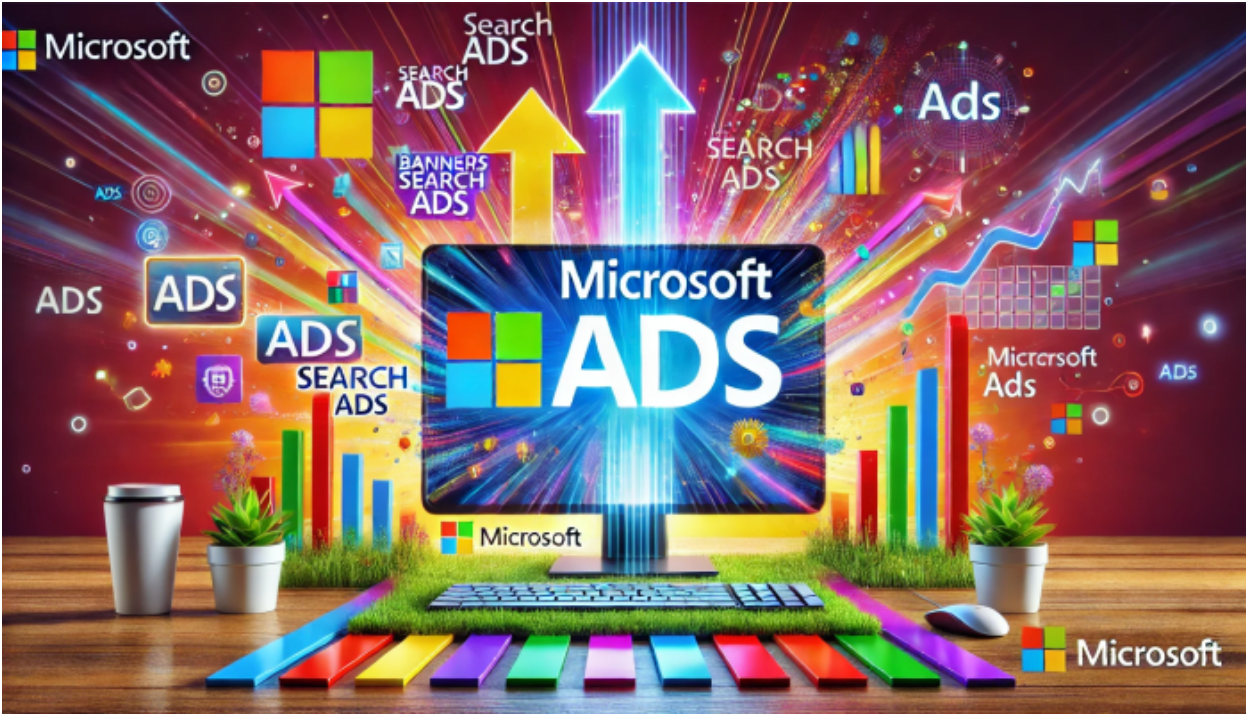Are Bing Ads the Digital Advertising Underdog?
Are Bing Ads the Digital Advertising Underdog?
When it comes to pay-per-click (PPC) advertising, Google Ads is usually the first platform that comes to mind. With its vast reach and extensive features, it’s no surprise that many businesses prioritize Google Ads in their marketing efforts. However, Bing Ads, rebranded as Microsoft Advertising, offers a compelling alternative that shouldn’t be overlooked. Despite having a smaller market share, Bing Ads provides unique benefits that can enhance your advertising strategy and deliver impressive results.
The Landscape of Digital Advertising
Digital advertising has become an essential component of modern marketing strategies. With global digital ad spending projected to reach $740.3 billion in 2024, businesses are investing heavily in online advertising to reach their target audiences. While Google dominates the market with a 39% share of digital ad revenues, Bing Ads holds a significant position as well, particularly among certain demographics and industries.
Why Consider Bing Ads?
Lower Competition and Cost-Per-Click (CPC)
Why It Matters: One of the most significant advantages of Bing Ads is the lower competition compared to Google Ads. With fewer advertisers vying for the same keywords, the cost-per-click (CPC) on Bing Ads is generally lower.
Benefit: Lower CPC means you can achieve more clicks and conversions for the same budget, making Bing Ads a cost-effective option for businesses with limited advertising funds.
Higher Click-Through Rates (CTR)
Why It Matters: Bing Ads often boast higher click-through rates (CTR) than Google Ads. This can be attributed to the less crowded ad space and the specific audience that uses Bing.
Benefit: Higher CTRs can lead to more traffic and better engagement with your ads, ultimately driving more conversions and sales.
Unique Audience Demographics
Why It Matters: Bing’s user base tends to be older, more educated, and have higher incomes compared to Google’s audience. This demographic can be particularly valuable for certain industries, such as finance, healthcare, and luxury goods.
Benefit: Targeting a unique audience can help you reach potential customers who may not be as accessible through Google Ads.
Integration with Microsoft Ecosystem
Why It Matters: Bing Ads are integrated with the broader Microsoft ecosystem, including platforms like LinkedIn, Outlook, and Xbox. This integration allows for more precise targeting based on user data from these platforms.
Benefit: Enhanced targeting capabilities can improve the relevance and effectiveness of your ads, leading to better performance and higher ROI.
Ad Placement Across Multiple Platforms
Why It Matters: When you advertise on Bing, your ads don’t just appear on the Bing search engine. They also show up on Yahoo, AOL, and various partner sites, expanding your reach.
Benefit: Broader ad placement increases the visibility of your ads, helping you reach a wider audience across different platforms.
Advanced Targeting Options
Why It Matters: Bing Ads offers advanced targeting options, including device targeting, location targeting, and demographic targeting. Additionally, you can target users based on LinkedIn profile information, adding a layer of precision to your campaigns.
Benefit: Advanced targeting options allow you to tailor your ads to specific segments of your audience, improving the relevance and effectiveness of your campaigns.
Better Ad Positioning
Why It Matters: Bing Ads often appear higher on the search results page compared to Google Ads. This is due to the lower competition and the way Bing prioritizes ad placement.
Benefit: Higher ad positioning can lead to increased visibility and higher click-through rates, driving more traffic to your website.
Case Studies: Success with Bing Ads
Case Study: Financial Services
Scenario: A financial services company wanted to reach high-income individuals for their premium investment products.
Strategy: They used Bing Ads to target users based on income and education levels, leveraging the platform’s demographic targeting capabilities.
Results: The campaign achieved a 30% lower CPC and a 25% higher conversion rate compared to their Google Ads campaign, demonstrating the effectiveness of Bing Ads in reaching their target audience.
Case Study: E-commerce
Scenario: An e-commerce retailer sought to increase sales during the holiday season.
Strategy: They utilized Bing Ads to target users on Bing, Yahoo, and AOL, focusing on high-intent keywords related to their products.
Results: The retailer saw a 20% increase in sales and a 15% higher ROI compared to their previous campaigns, highlighting the potential of Bing Ads for e-commerce businesses.
How to Get Started with Bing Ads
Set Up Your Account
Steps: Create a Microsoft Advertising account and set up your billing information. You can import your existing Google Ads campaigns to save time.
Conduct Keyword Research
Steps: Use Bing’s keyword research tools to identify relevant keywords for your campaigns. Focus on high-intent keywords that align with your business goals.
Create Compelling Ad Copy
Steps: Write clear and engaging ad copy that highlights the benefits of your products or services. Use strong calls-to-action to encourage clicks.
Optimize Your Landing Pages
Steps: Ensure your landing pages are optimized for conversions. They should be relevant to your ad copy and provide a seamless user experience.
Monitor and Adjust Your Campaigns
Steps: Regularly review your campaign performance and make adjustments as needed. Use Bing’s analytics tools to track key metrics and optimize your ads for better results.
While Google Ads may dominate the digital advertising landscape, Bing Ads offers unique advantages that make it a valuable addition to your marketing strategy. With lower competition, higher click-through rates, and advanced targeting options, Bing Ads can help you reach a unique audience and achieve impressive results. By leveraging the power of Bing Ads, you can diversify your advertising efforts, maximize your budget, and drive successful campaigns.
In the ever-evolving world of digital advertising, it’s essential to explore all available options and find the platforms that best suit your business needs. Bing Ads may be the underdog, but with the right approach, it can become a powerful tool in your digital marketing arsenal.

